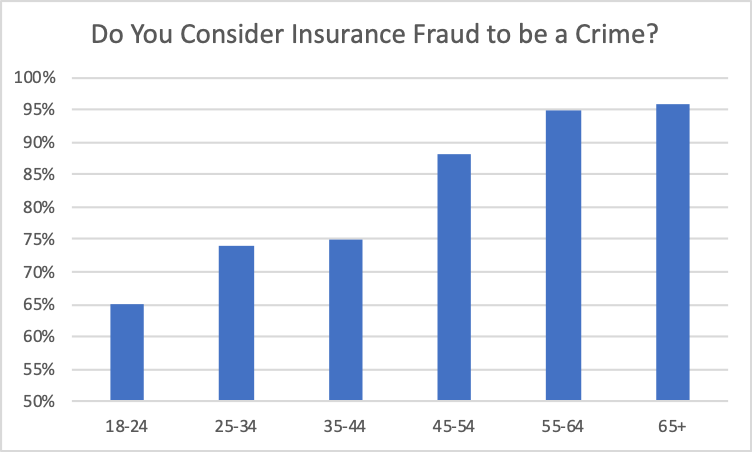Challenges of insuring vacant properties | Insurance Business America
Here are the important considerations…
The following article has been supplied by REInsurePro.
Insuring vacant residential properties comes with a unique set of challenges that require careful consideration. Unoccupied homes face an increased potential for loss, ranging from vandalism and theft to liability concerns. Successfully navigating these challenges requires a thorough understanding of the risks involved and effective mitigation techniques.
Consider the duration of vacancy, as short-term and long-term vacancies may necessitate differing coverages. Short-term vacancies, such as those resulting from renovations, may require a flexible insurance policy that allows for changes in occupancy. Long-term vacancies, such as properties awaiting sale or occupancy, experience prolonged exposure to perils like vandalism, theft, water-related damage, and liability risks, requiring more comprehensive coverage to mitigate potential losses.
Property condition and location can play a huge role in determining insurance requirements. The state of the property and its surroundings can significantly impact the level of risk involved. Standard insurance coverages may suffice for well-maintained properties in areas with low crime scores. However, properties in high-risk areas or those undergoing extensive renovations may necessitate specialized policies with higher premiums.
Noticeably vacant properties can catch the attention of unwanted trespassers like squatters, vandals, thieves, or even neighborhood kids. Squatters, in particular, pose additional risks as they may engage in activities that increase the likelihood of fires or other property damage. Vandals can cause a range of destruction, from graffiti to more severe acts such as arson. Theft is also of very high risk at vacant properties. Those hoping to make a quick buck often target uninstalled or easily removable and profitable items like ovens, A/C units, furnaces, water heaters, electrical wiring, and copper plumbing. To mitigate the risks associated with vacant properties, it is crucial to prioritize preventative measures as discussed below.
Unauthorized occupants not only increase the potential for property damage, but also pose significant liability concerns. Consider a scenario in which the neighborhood kid mentioned earlier enters your client’s vacant property to explore and sustains injury due to a broken floorboard or exposed wiring. This could lead to liability claims against the property owner. It’s essential to emphasize to insureds the importance of securing comprehensive liability coverage in addition to their property coverage. Furthermore, advising clients on effective risk management strategies, specifically for vacant properties, can help mitigate loss and ensure adequate protection.
The following tips can help property owners deter unwanted visitors and decrease risk while the home is vacant.
Messy/untidy yards, overflowing mail, and darkness are all signs that no one is home. Yards should be mowed regularly, with trees and bushes well-kept. If mail gets delivered, it should be retrieved often. The house should be well-lit, especially entryways. Intruders are less likely to attempt a break-in if they sense they may get caught in the act. Extra caution must be taken if the property is undergoing renovations, as large dumpsters, construction vehicles, etc., make it obvious that the home is empty.
Drain plumbing/maintain heat: The threat of water-related damage, including burst or frozen pipes, could be greatly diminished if the plumbing system has been drained and/or the heat is maintained.
Locks & door reinforcement: Doors & windows should be locked with sturdy hardware and long screws. For an extra layer of security, consider reinforcing exterior doors with metal jamb and hinge shields.
Alarm systems: Signs on front windows or in the yard indicating an alarm is monitoring the house can be a great deterrent. Having an actual alarm is even better.
Neighbors: Good relationships with neighbors allow property owners to have “eyes and ears” around the property.
Inspections: Conducting regular inspections to ensure the house is still secure can also help property owners identify any maintenance issues that need to be addressed.
Related Stories
Keep up with the latest news and events
Join our mailing list, it’s free!















